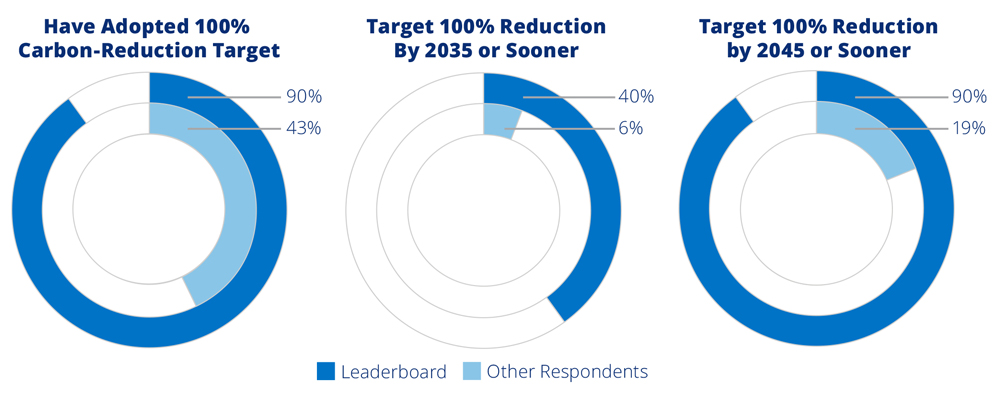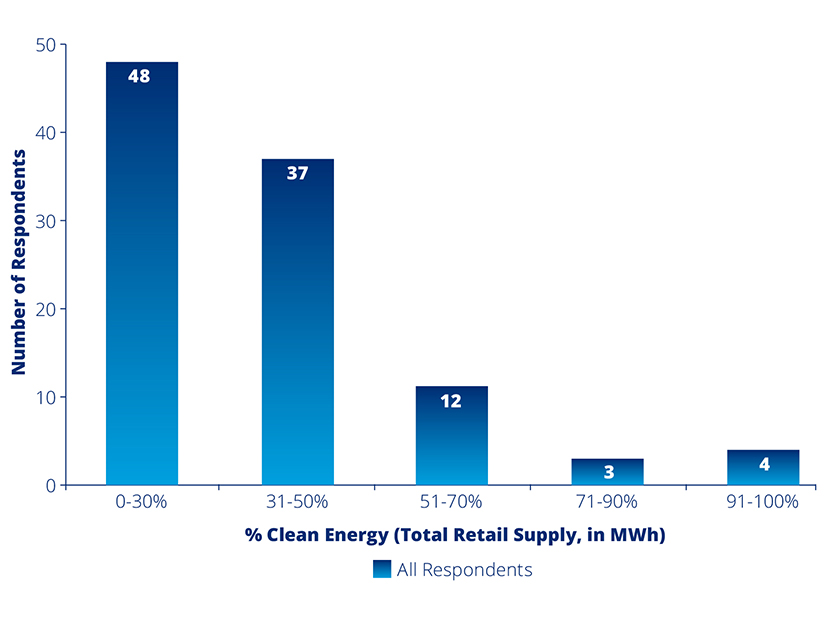Decarbonizing the U.S. transmission grid will also mean expanding it and overcoming communities’ aesthetic objections to siting large projects with towers and wires that run across their regions, said Debra Smith, general manager and CEO of Seattle City Light.
“We could cram it down people’s throats, and it may come to that at the end of the day,” Smith said during the opening session at the Smart Electric Power Alliance’s virtual Grid Evolution Summit on Monday. “But I honestly believe there’s an educational component; people need to understand … why, what’s best for me, I may need to let that go.”
Collaboration will be critical, Smith said, “because if I truly care, if I want to 1) make sure that me, my neighbors, my friends and the people around me have adequate resources; and 2) if I believe that climate change is real and that the solution is to integrate more renewables, then perhaps, just perhaps, I am able to let go of my own concerns about the aesthetics.”
Smith and Ralph Cavanagh, co-director of energy at the Natural Resources Defense Council, were speaking with SEPA President and CEO Julia Hamm about the cultural shift going on at utilities across the country as an increasing number are making commitments to decarbonize their generation mix in the coming decades. SEPA earlier this year released its Utility Transformation Profile report, tracking the changes being made at 135 utilities across the country, and Seattle City Light was one of 10 utilities the report identifies as industry leaders.

A key finding of the report is that utilities with strong carbon reduction commitments are also the ones making the most progress on clean energy and decarbonization. For example, 67% of the survey respondents with 100% targets are providing 30% or more clean energy in the power they supply to their retail customers, while 57% of those without strong commitments are providing 30% or less.
At the same time, Cavanagh said, U.S. utilities deserve credit for “continual environmental improvement” from 2007 to 2019. The electric power industry as a whole cut its carbon emissions 30% during that time, he said. “But even more significant reductions are in the toxic pollutants in nitrogen and sulfur. Nitrogen oxides [were] down more than 70%; sulfur dioxide, down almost 90%.”
He also stressed the role of energy efficiency, noting that the U.S. economy expanded 22% between 2007 and 2019, but energy consumption only increased 1%.
Both Cavanagh and Smith said that the approach going forward should be a mix of distributed energy resources and large, well integrated regional grids. Calling out a recent article in The New York Times titled “More Power Lines or Rooftop Solar Panels,” Cavanagh said, “I utterly reject that” premise.
“What I see across the West, across the nation, now are effective efforts … by mobilizing the distributed resources; by finding ways to integrate them more effectively, but also to support the enhanced integration of big regional grids.”
Smith agreed, “The Times missed it. …
“The new movement towards distributed energy resources — whether it’s energy efficiency [or] load-shedding technologies that are just emerging — they create the dispatchability that allows us to continue to invest in renewable resources,” she said.
Investing in the Future
Seattle City Light is one of five municipal utilities that made SEPA’s 2021 Utility Transformation Leaderboard. The others were Austin Energy, Holyoke Gas & Electric Department, the Los Angeles Department of Water and Power and Sacramento Municipal Utility District.
As municipals, these utilities are less regulated, and more open to experimentation, than investor-owned utilities, and they all generally serve a more progressive customer base.
Under a city mandate, Seattle City Light is committed to providing 100% clean energy by 2045, according to Smith. About 80% of its power already comes from hydro, but it has also expanded its access to a mix of clean energy resources by joining CAISO’s Energy Imbalance Market. It continues to add solar and wind to meet the needs of big customers, like Google and Amazon, which have set their own carbon-reduction goals.
“They’re really players in the additivity world,” Smith said, meaning the companies want to back projects that add new clean power to the grid. “So, we are just coming out with what we call ‘Renewable-Plus,’ which will be a program that is available to our largest customers who want to contribute in that way. We will go out and purchase or invest in new renewable resources on their behalf, with their commitment, so our bread-and-butter customers won’t share the risk.”
Seattle City Light also has a very tech-savvy customer base that wants to participate in energy efficiency and demand flexibility programs, Smith said. “We’re looking at microgrids; we’re looking at how do we use battery storage,” as well as the possibility of vehicle-to-grid, she said.
Smith sees electrification as “a primary focus for solving our climate problems.” But it’s also “a hard challenge culturally” for utilities, she said. “The cultural changes are huge because you’ve got one foot in the process and then you have a foot looking to the future. What we talk about at City Light a lot is that electrification and that cultural shift [are] the way we invest in the future.”
Cavanagh sees electrification as “very much part of the core utility mission going forward. You’re not fighting against your fundamental business model.”
But, he said, one part of the transformation that still needs attention is “the tradition of thinking of the electric industry, in some respects, as a commodity business, whose financial interests lay in maximizing sales of kilowatt hours.”
Breaking the links between utilities’ financial health and sales is still incomplete across the country, he said, and those changes are needed to ensure the transition stays focused on efficiency.
“There’s going to be electrification; there are going to be increased applications of electricity,” Cavanagh said. “We don’t want utilities simply grabbing for the solutions that maximize kilowatt-hour sales in the short term, because that will undercut energy efficiency progress in the long term.”




